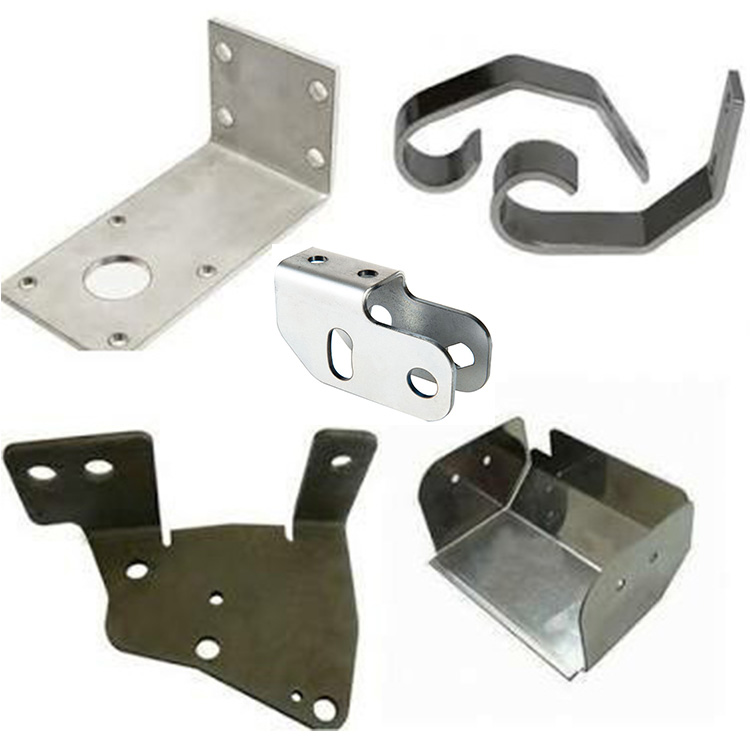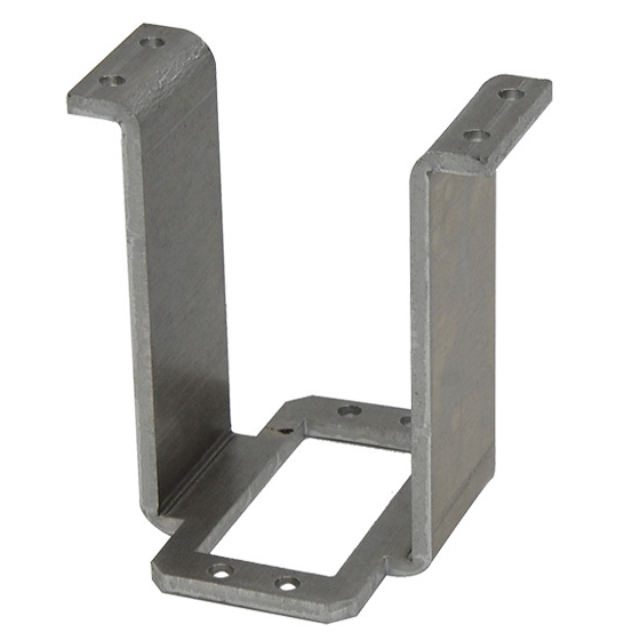
Process Characteristics of Precision Metal Stamping Parts
Precision metal stamping parts are parts that can be processed through stamping, bending, stretching, and other methods. A general definition is parts with constant thickness during the processing. Correspondingly, there are castings, forged parts, machined parts, etc. For example, the outer iron shell of a car is a sheet metal part, and some cabinets made of stainless steel are also sheet metal parts.
Until now, there has not been a relatively complete definition for precision metal stamping parts. Sheet metal is a comprehensive cold working process for metal sheets, including cutting, punching/cutting/composite, folding, welding, riveting, splicing, forming (such as automotive body), printer housings, etc. Its notable feature is the consistent thickness of the same component.
Stamping parts are sometimes also known as sheet metal stamping. Generally, some metal sheets are manually or die stamped to produce plastic deformation, forming the desired shape and size, and can be further welded or processed with a small amount of machinery to form more complex parts, such as chimneys, iron furnaces, and car shells commonly used in households. Chimneys, iron drums, fuel tanks, oil pots, ventilation ducts, elbow heads, sky gardens, funnels, etc. are made from sheet metal, and the main processes are shearing, bending buckle edges, bending forming, welding, riveting, etc., which require certain geometric knowledge.









